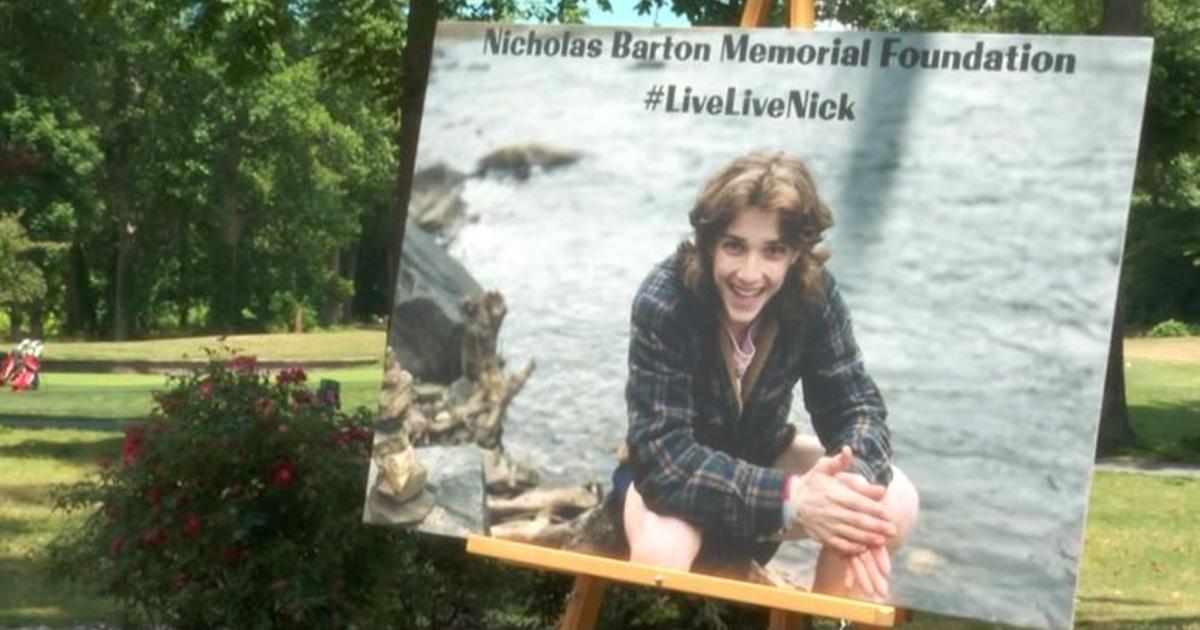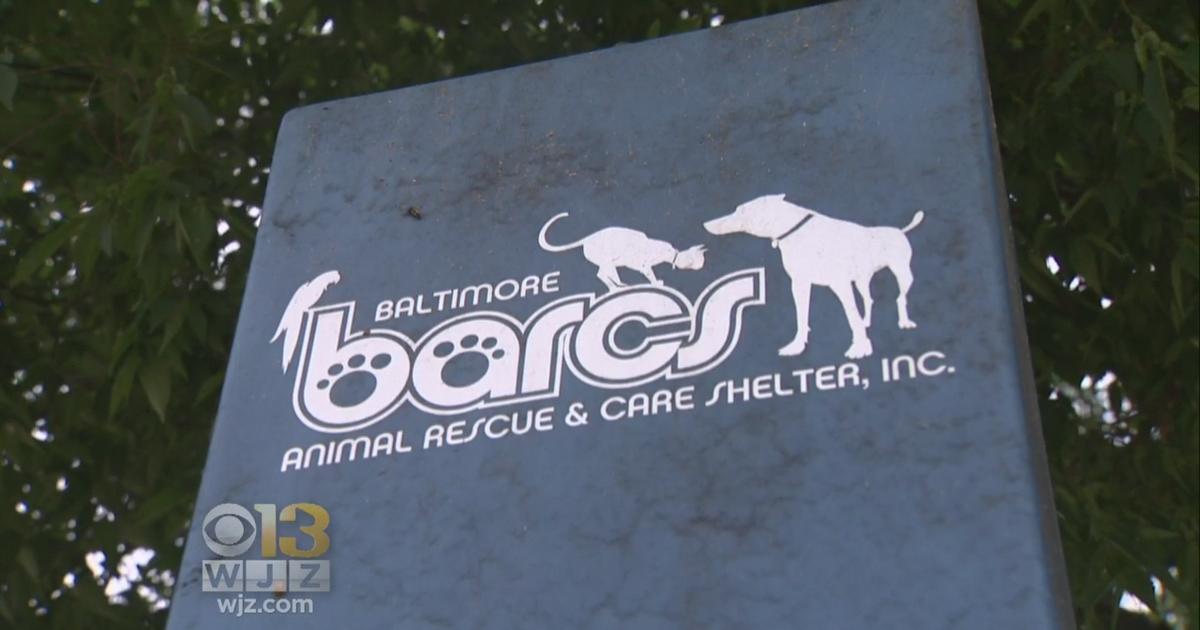Chesapeake Grasses Down In 2011; Rain, Heat Blamed
BALTIMORE (AP) -- Underwater grasses in the Chesapeake Bay declined more than 20 percent last year, hurt by summer heat and heavy rains and snow melt that sent tons of mud and debris into the bay, the Chesapeake Bay Program said Wednesday.
The losses mean levels of the grasses that provide food and homes for fish, birds and other species have dropped to their
lowest point since 2006. Scientists said grasses are now at historically low levels, but the news is tempered by growth found in some parts of the waterway.
Bay grasses are important to the health of the Chesapeake because in addition to providing habitat for crabs and striped
bass, they also improve water clarity by trapping sediment, add oxygen to bay water, provide food for waterfowl and help prevent shoreline erosion.
Heavy rains from back-to-back storms that caused widespread flooding throughout the Northeast last fall sent tons of garbage and sediment into the bay. That raised concerns about damage to underwater grasses in the upper bay, but the Chesapeake Bay Program said last year that aerial photos taken in November showed the damage was not as bad as feared.
The annual survey released by the program run by the federal Environmental Protection Agency showed grass beds throughout the bay declined from 79,664 acres in 2010 to an estimated 63,074 acres in 2011.
Bob Orth of the Virginia Institute of Marine Science, the coordinator of the annual survey, said summer heat also caused
eelgrass beds in the lower bay to decline. The wet spring and fall, meanwhile, hurt the grass beds at the mouth of the Susquehanna River at the northern end of the bay. However, the main portion of that area, known as the Susquehanna Flats, which had tripled in size since 1991, remained intact. That shows how resilient grass beds can be, Orth said.
Lee Karrh, who chairs the program's Submerged Aquatic Vegetation Workgroup, said brackish parts of the middle bay saw dramatic increases after years of losses. Lower salinity from the heavy rains is thought to have stimulated dormant seeds of grass species in the middle bay.
And surveyors found the first bed of freshwater grasses in the James River mainstem since the area was first surveyed 1998.
(Copyright 2012 by The Associated Press. All Rights Reserved.)



